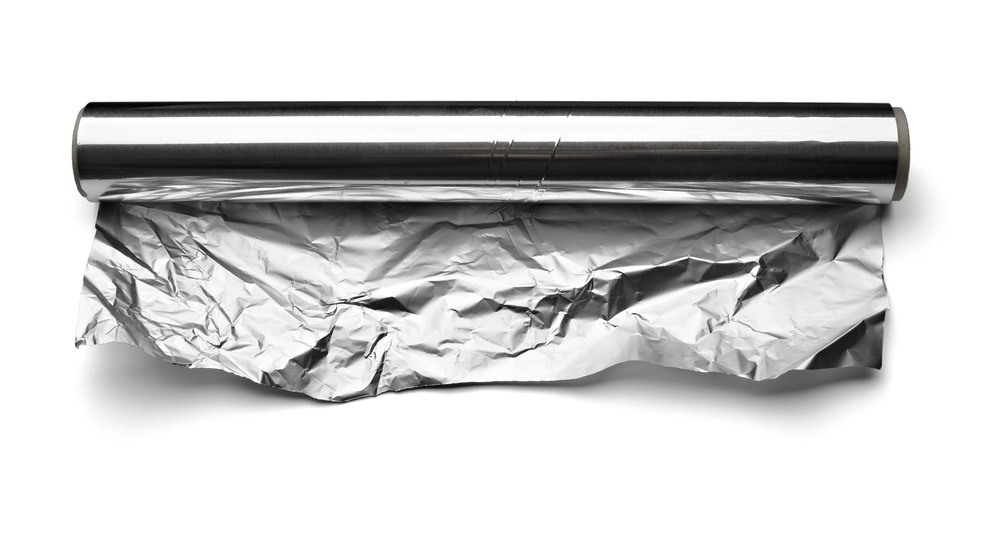If you’ve got too much celery, and absolutely no way to eat it all before it starts to wilt, look no further. This guide will teach you all about storing celery and how to keep it fresh for longer.
The best way to store celery short-term is by wrapping the whole celery heads, preferably in aluminum foil, and keeping them in your refrigerator’s crisper drawer for 2-4 weeks. For long-term storage, slice them thin before freezing them on a cookie sheet.
Though, freezing and crisper drawers aren’t the only options for preservation you have.

Can you freeze celery?
If you’ve got too much celery to eat, freezing it might be a logical step you take in thought. And you’d be right!
You can safely freeze and store celery in the freezer and is the preferred method for long-term storage of your fresh celery.
In fact, you should consider freezing a lot of your fresh vegetables, to keep the nutrients as high as when they were freshly ripe.
How to freeze celery?
Freezing your celery is a very simple process that anyone can do, with just a bit of time.

- Wash your celery thoroughly, being sure to remove all the residue you can see
- Trim away the leaves and all the white sections, coarse string and discolored/wilted areas
- Chop your celery to your preferred length or thickness
- Optional step, blanch your celery – which is boiling for 2-3 minutes then immediately moving the boiled celery into ice water for a couple of minutes
- Dry off your celery completely, using a paper towel
- Lay your celery into a singly layer on a cookie sheet and flash freeze overnight
- Move your frozen celery into freezer-safe storage bags
- Store up to 18 months
What happens when you freeze celery?
While celery can be frozen like most other vegetables, it’s also true that the freezing process will likely change the texture of the celery. It might become less crisp, or lose some of its flavor depending on how you left it.
As celery is mostly water, when it’s frozen this creates an expanding process within the plant material of the celery. This is what changes the texture, and sometimes the taste.
Fresh celery can be stored frozen for 2 months before any notable loss in quality occurs.
Blanched celery can go for 12-18 months when properly stored.

How do you store celery long-term?
The best way to store celery long-term, without losing the texture and quality of the veg, dehydration is the way to go.
Freezing your celery will make it soft and watery after its thawed, permanently altering the texture and flavor. Dehydrated celery can be re-hydrated, and it’s practically as good as fresh.
If you have many months ahead of you before you see yourself using all this celery you have again, consider drying it and storing it in a cool dry place, like a glass air-tight food storage container.
Is it better to freeze or dehydrate celery?
It depends on what your needs are.
If you just want a quick method that can be done in half an hour, freezing is your friend. You can have all your celery lined up in neat little rows on a cookie sheet in the freezer in no time at all. Whereas, dehydration is a bit more of a process.
However, if maintaining texture and flavor, and in general preserving the quality of your celery, you should opt instead for dehydration. This will preserve the celery while maintaining its quality. Once you re-hydrate the dried celery, it will plump back up and be just like when it was fresh.
It all comes down to your priority – is convenience or quality more important to you?

How to preserve celery in the fridge?
The fridge isn’t a long-term storage solution, but for a short time of less than 2 months – the fridge is the perfect place for your celery.
While it can be tempting to leave your celery in the plastic packaging it came from the store in, do yourself a favor and toss it asap. That speeds up the process of ethylene production from the celery, and the plastic wrapping keeps that gas trapped – hastening the vegetable decay process.
How to dry celery?
Dehydrating celery – or any vegetables – at home is actually very easy! You don’t need any fancy equipment or a specialized dehydrator, you can do all this with your conventional oven.
The process takes less than 20 minutes of prep but will be about 6-8 hours of waiting.
Preparing your celery for dehydration
- Bring a large pot to boil on the stove
- While waiting for the water to boil, thoroughly wash your celery and trim off the bottom ends, leaves, and wilted parts
- Cut the stalks into thirds
- Dump the cut stalks into the boiling water
- Boil for 1-3 minutes
- Immediately drain them and run cold water into the pot
- Slice the celery further, if you desire
- Place celery in a single layer in a cookie sheet, on a paper towel

Dehydrating with a dehydrator
- Preheat dehydrator to 135 degrees Fahrenheit
- Lay the celery pieces on a single layer in each dehydrator tray, leaving ¼ inch space between each piece of celery
- Dry at 135 degrees until the celery cuts are crispy and dry – typically within 6-8 hours
- Remove them from heat and let cool at room temperature for 10 minutes
Dehydrating with an oven
- If your oven temperature doesn’t go below 150 degrees Fahrenheit, just set it to the lowest heat possible and prop the door open
- Note, keeping your oven door open like this wastes a lot of energy
- Lay your celery cuts in a single layer and place them on the oven rack
- Let it dry for 6-8 hours, until crispy and dry
- Remove them from heat and let cool at room temperature for 10 minutes
Final thoughts
Celery is a delicious and versatile vegetable that should be a staple in almost everyone’s kitchen.
Having far too many celery stalks and needing a way to preserve them is something that happens to every cook eventually.
You can never have too much of a good thing, but if you’re getting really close to that with this delicious veg, this list should help you get it stored safely.







